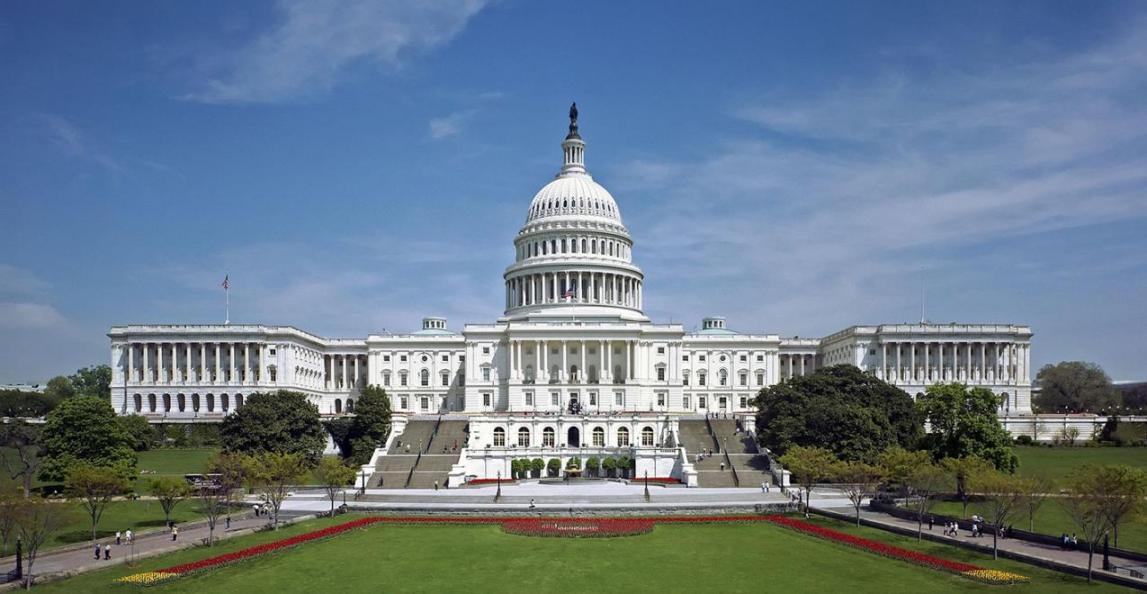The Federal Reserve, facing the delicate task of explaining how it will forge ahead with rate hikes in a stormy world economy, should avoid slipping back into the trap of tying its actions to calendar dates, top US economists warned on Friday.
The research paper, presented to a roomful of Fed policymakers in New York, criticized their over-reliance on time frames in recent years when explaining what would trigger a policy tightening. Now that interest rates are up a notch, the economists argued the Fed should stress that further moves are based on very hard-to-predict economic data, and policymakers should be more unassuming in speeches and published forecasts, Reuters reported.
With the US central bank headed into a key March 15-16 meeting in which one option is to pause policy for an extended period, the conclusion that it would be “imprudent” to offer specific time lines may hold sway.
“Time-based forward guidance should only be used in extremely unusual circumstances,” five Wall Street and university economists concluded in the high-profile paper. “We believe that the current situation does not justify it.”
The recommendations come as the US economic recovery faces another threat from overseas.
They cut to the heart of a problem that has dogged the central bank in its sometimes clumsy efforts to be more transparent: how to convince investors, politicians and individuals that it can boost the recovery even though its hands are tied by near-zero rates.
Credibility Under Question
A frustratingly slow rebound from recession delayed rate hikes in recent months and years, which prompted some to question the Fed’s credibility. Perceived opacity has even spawned the so-called Audit the Fed bill in Congress that would curb the central bank’s cherished independence–legislation that President Barack Obama opposes but that most leading presidential candidates on the campaign trail say they support.
Beginning in the depths of the late-2008 financial crisis, the Fed made conditional promises about when rates might rise, including specific time frames. In one of the biggest blunders, then Chairman Ben Bernanke’s 2013 suggestion that a bond-buying program could be trimmed “in the next few meetings” of the Federal Open Market Committee set off market turmoil known as the “taper tantrum” that delayed the move.
Current Fed Chair Janet Yellen has mostly retreated from this so-called “forward guidance,” though even she had to ditch telegraphed rate hikes in June and again in September last year before finally moving in December. In October, when leading Fed governors openly opposed each other’s views, the effectiveness of Fed communications fell to a two-year low, according to a New York Fed poll of primary dealers.
“Data dependency” is the Fed’s new communications mantra.
‘Dots’ Chart
Yet remnants of time-based forward guidance are still found in Fed statements, speeches and, most explicitly, in charts published every three months showing individual policymakers’ expected path of rate hikes over the next few years.
“What’s worrying me is that ... it looks like a commitment, it looks like a freight train,” St. Louis Fed President James Bullard said on Wednesday of the so-called “dots” charts. He wants to revamp them to highlight uncertainty in the forecasts.
The charts published in December suggested the Fed would hike rates four more times in 2016.
But since then, a global market selloff and fears of recession have forced Yellen and some other Fed officials to downplay those expectations even while they continue to predict “gradual” rate hikes. Traders have grown deeply skeptical of any more tightening this year and some have even predicted a policy reversal.
Whatever the Fed decides, returning to calendar-based forward guidance only “mutes the effect of macroeconomic news on interest rates and unnecessarily places restrictions on future Fed action,” the paper found.
The paper analyzed Fed communication since 1995, when it began publishing its target interest rate.


